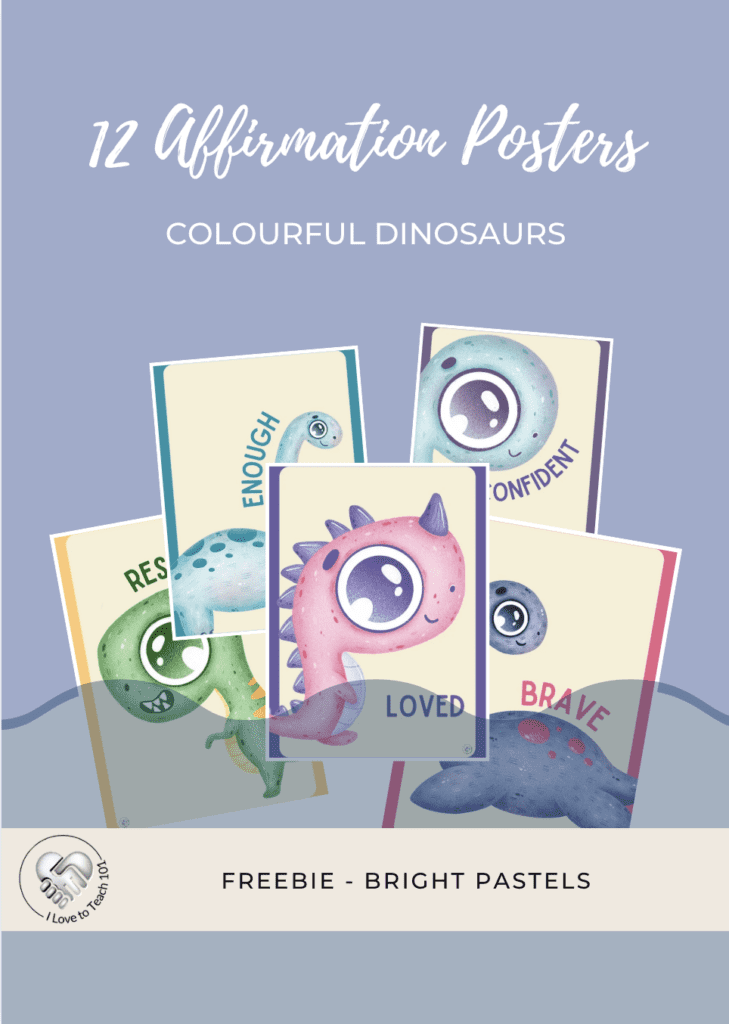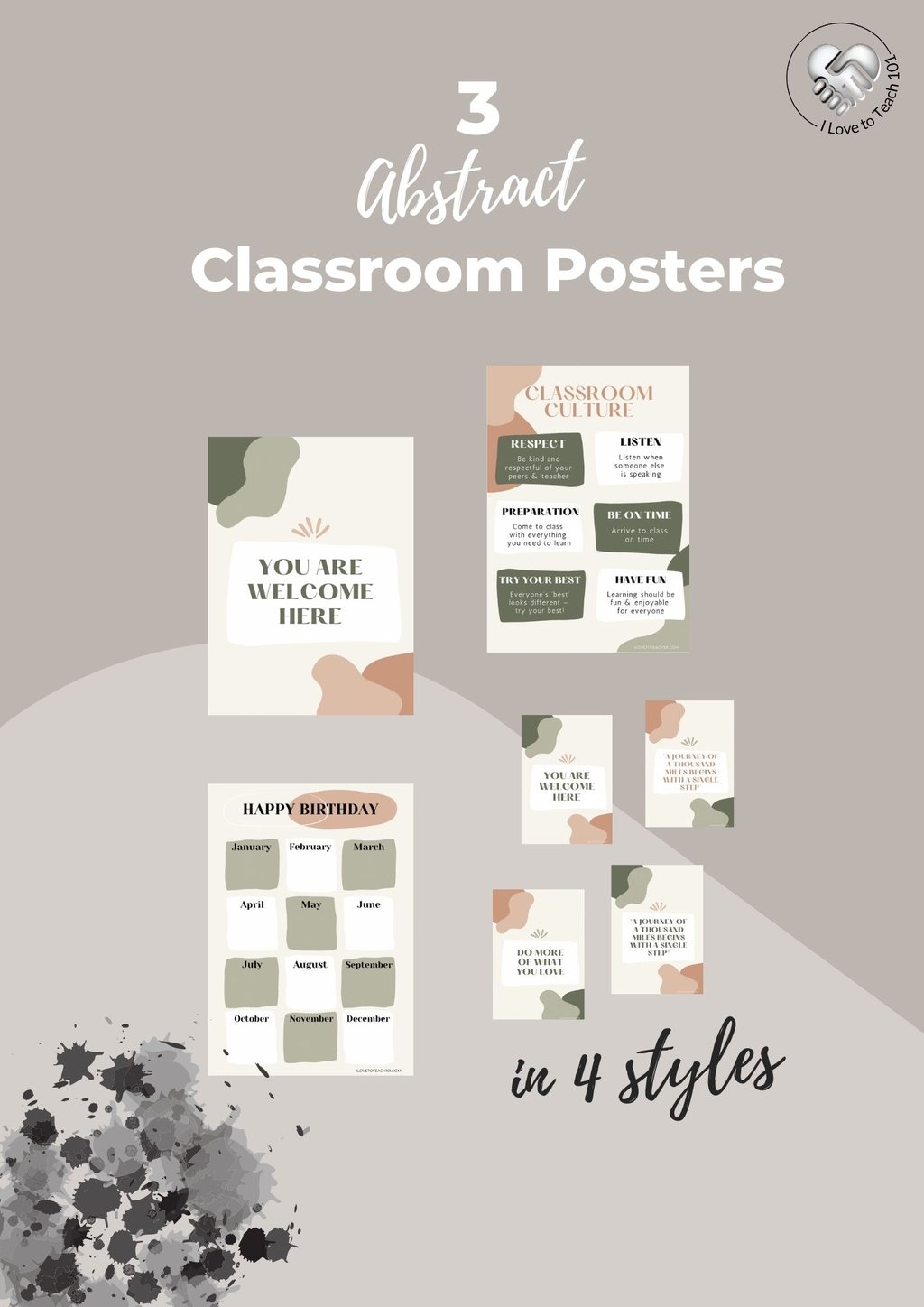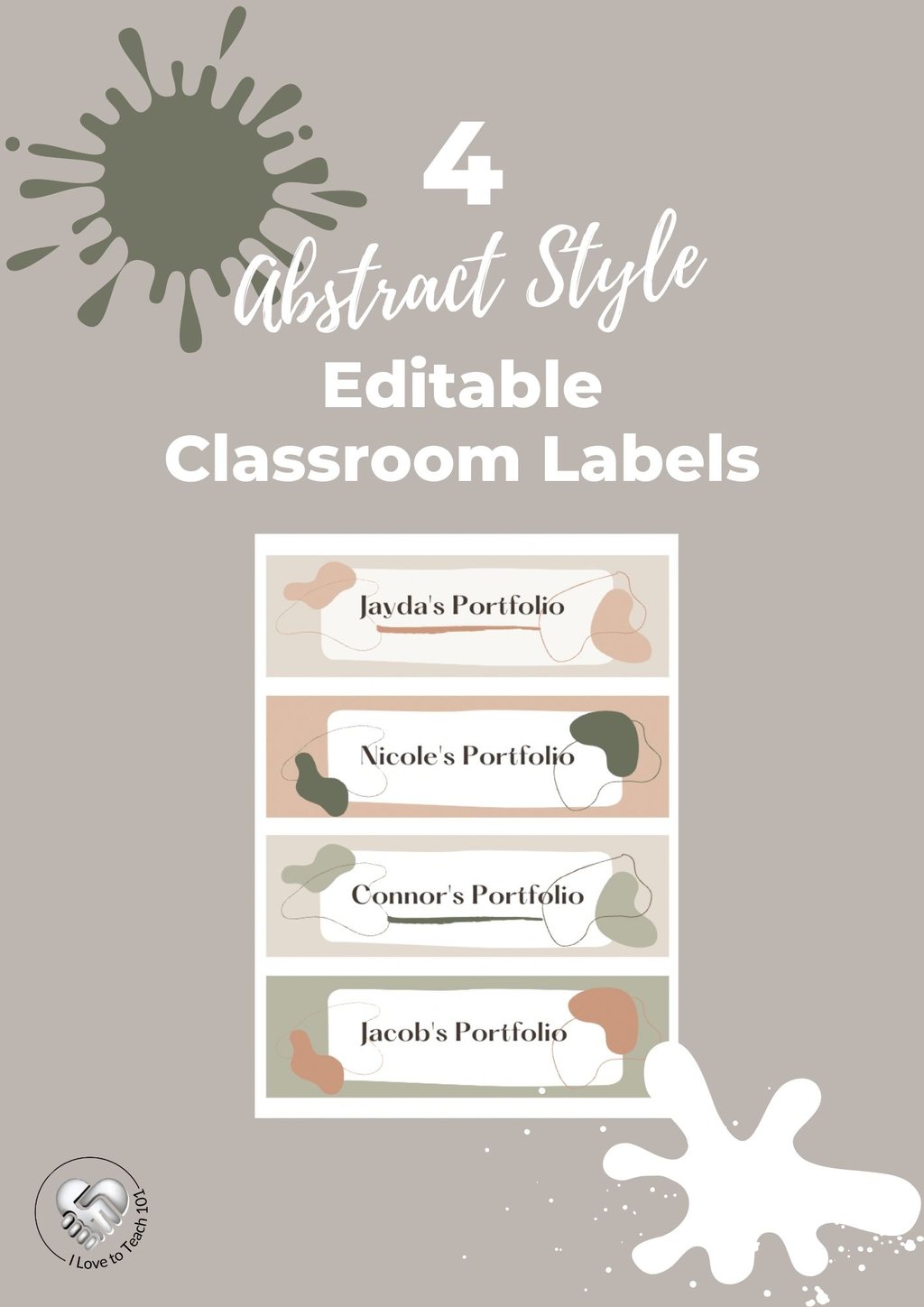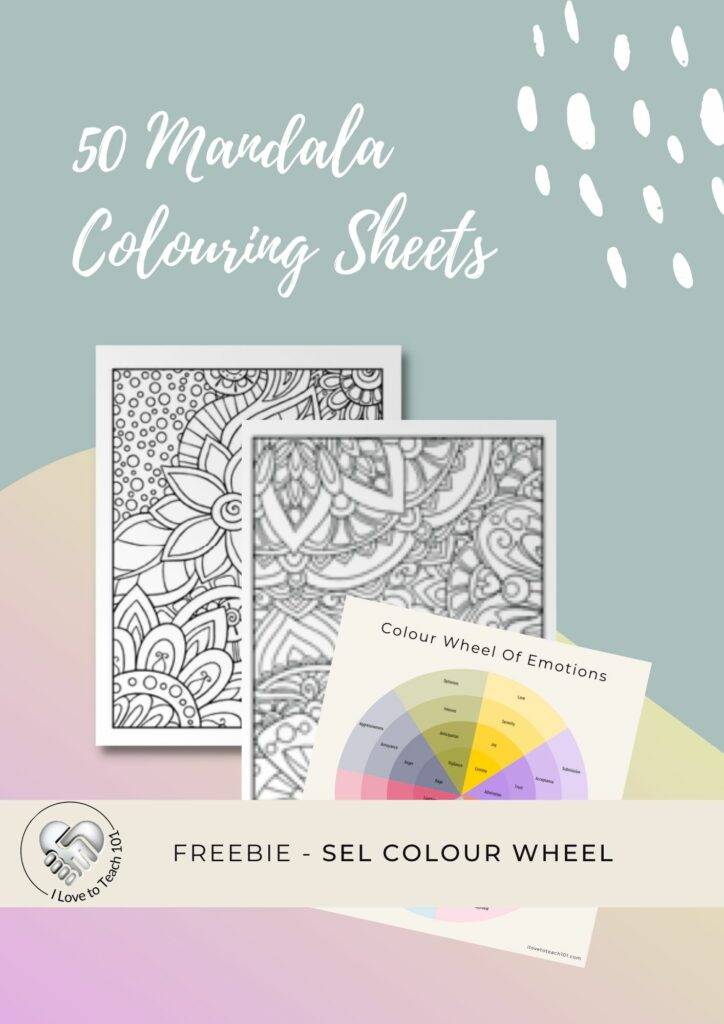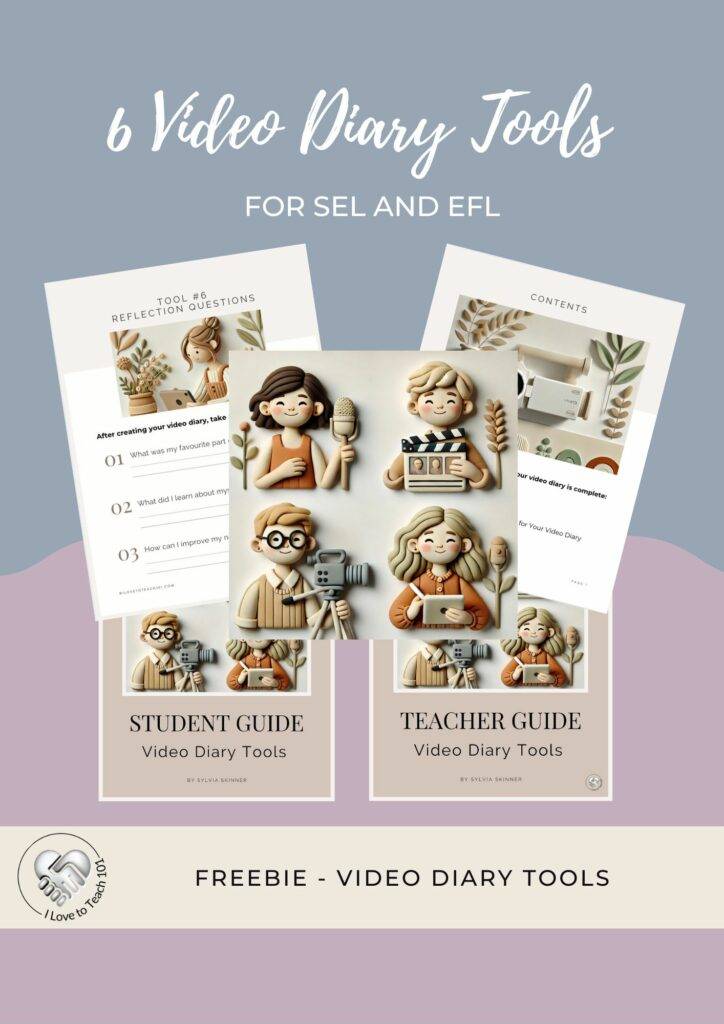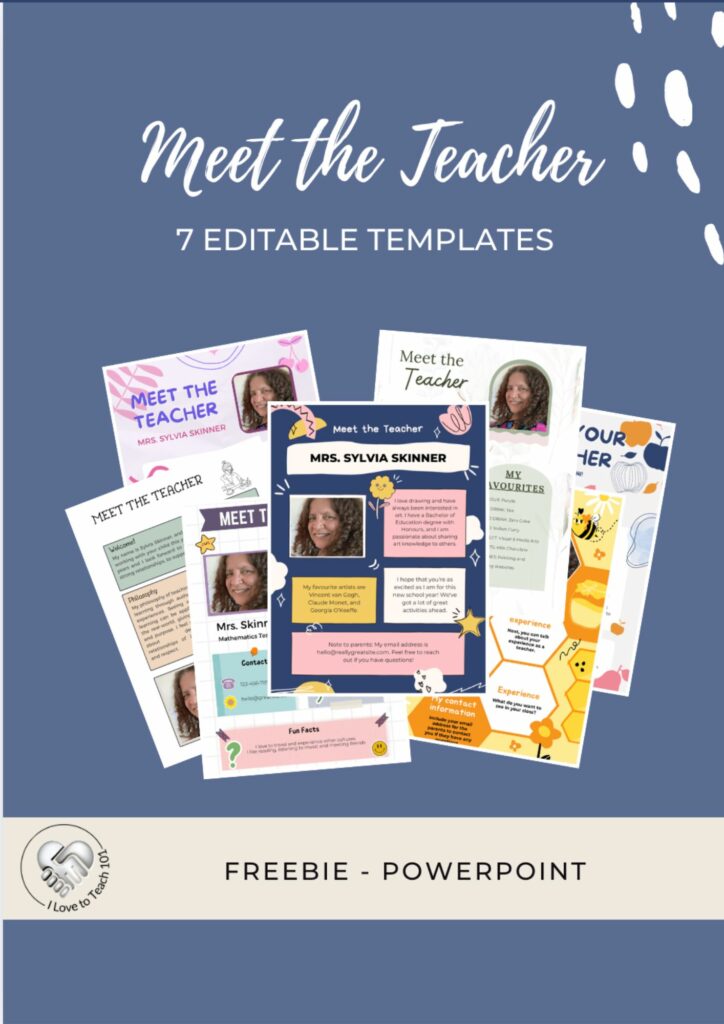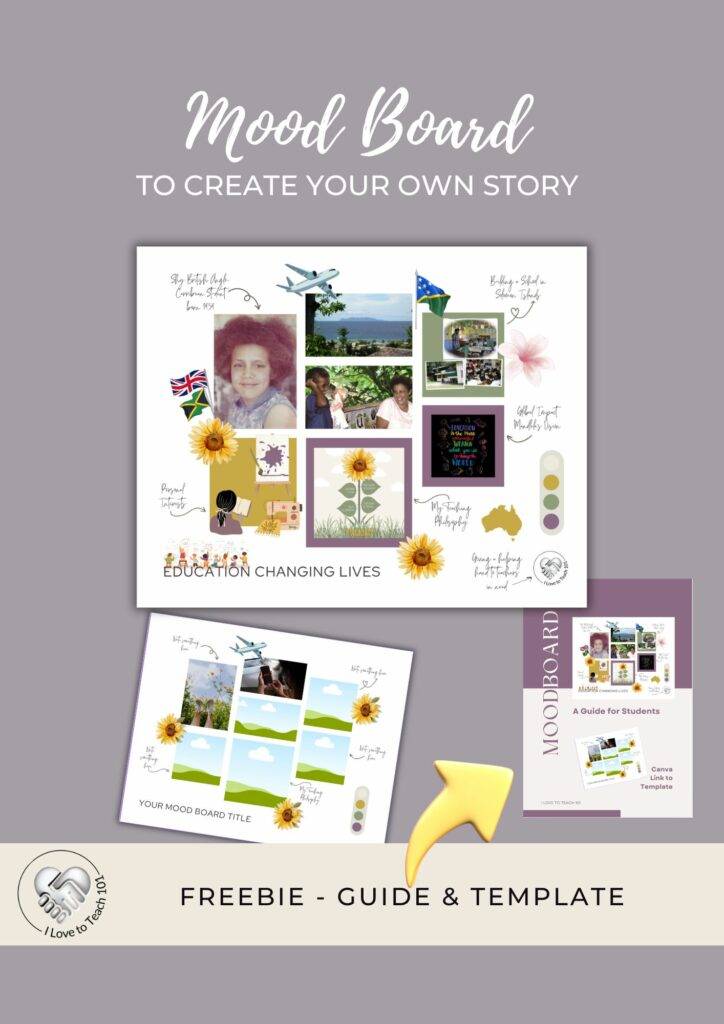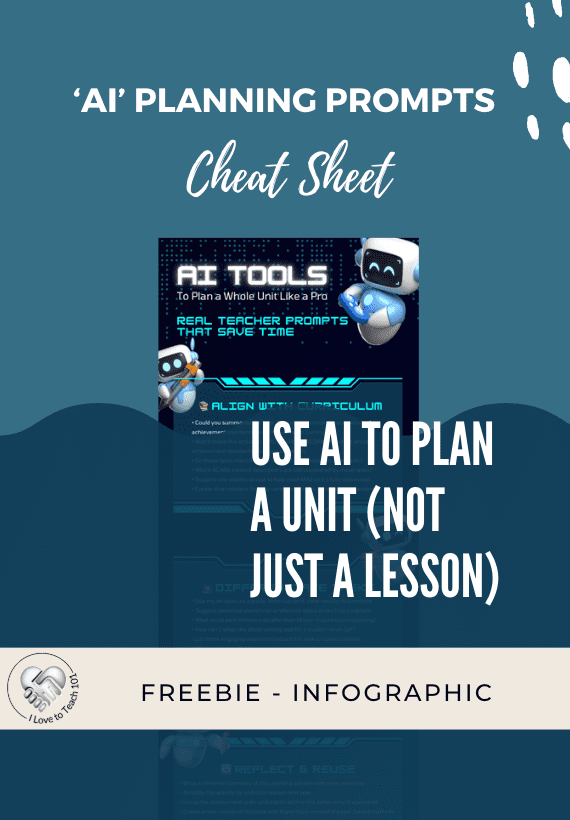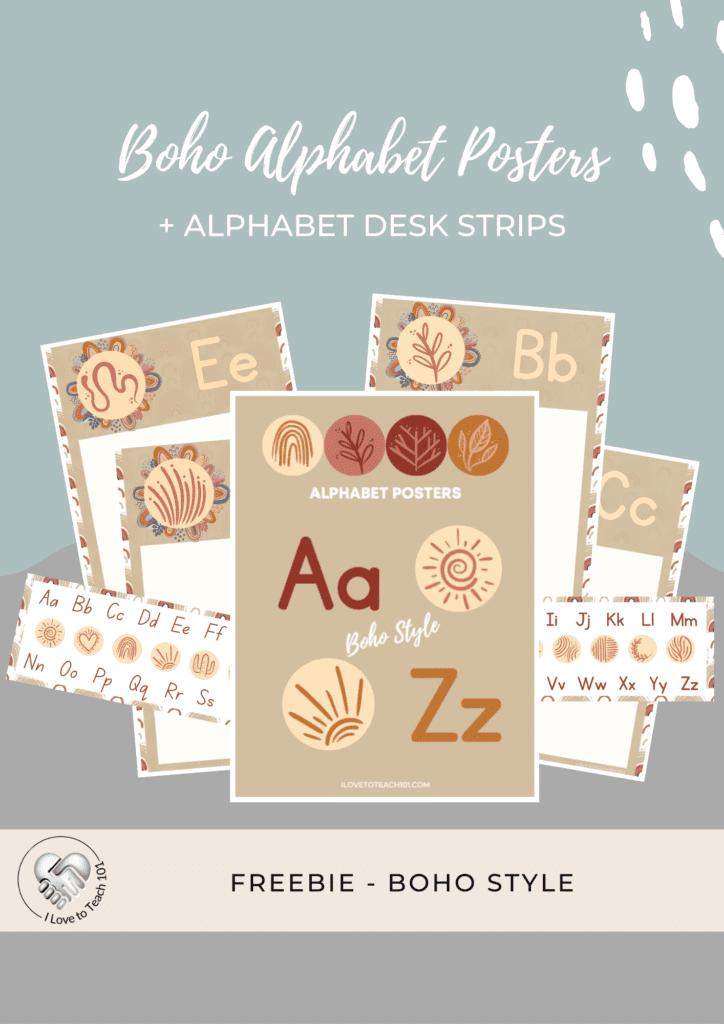Teacher Resources to Spark Creativity
When you choose our teacher resources, you’re also givng a helping hand to teachers in need in the Solomon Islands.

-
Sale
10 Boho Rainbow Motivational Classroom Posters
US$3 -
 Sale
Sale10 Yet! Growth Mindset SEL Posters
US$0 -
 Sale
Sale12 FREE Dino Affirmation Posters
US$0 -
Sale
3 Abstract Style Classroom Posters
US$2 -
Sale
4 Abstract Style Editable Classroom Labels
US$2 -
 Sale
Sale48 Floral Schedule Labels Freebie
US$0 -
 Sale
Sale50 Mandala Colouring Sheets for SEL
US$0 -
 Sale
Sale6 Video Diary Tools for SEL and EFL
US$0 -
 Sale
Sale7 Meet The Teacher Editable Templates
US$0 -
 Sale
SaleA FREE Mood Board Guide and Template
US$0 -
 Sale
SaleAI Planning Cheat Sheet: Real Teacher Prompts to Plan a Whole Unit
US$0 -
 Sale
SaleBoho Alphabet Posters and Desk Strips
US$0
⏰ Organise, inspire and save time with our teacher resources
From digital planners to creative learning tools, our teacher resources are designed to simplify teaching and boost student engagement. Here’s a snapshot of what you’ll find:
📍 Organisation & Time-Saving Tools – Digital planners, portfolios & classroom economy systems for a structured classroom.
📍 Art & Creative Learning – Visual arts & drama resources that bring imagination to life.
📍 SEL & Student Wellbeing – Affirmation posters, gratitude journals & video diaries to foster emotional growth.
🎁 Explore our free and premium resources
We believe every teacher deserves access to high-quality resources. That’s why we offer both free & paid resources to support your classroom needs.
Freebies include:
📌 Gold Rules Card Set & Schedule Labels – Set clear expectations and routines.
📌 Meet the Teacher Templates – Build strong relationships from day one.
📌 Video Diary Tools – Encourage student reflection & self-expression.
📌 Morning Routine Posters – Create structured, engaging starts to the day.
📌 SEL Mindset Animal Posters – Support student well-being with visual reminders.
📌 Calendar Flashcards – Make learning dates interactive & fun.
📢 Free teacher resources are added regularly!
Sign up to stay updated on new additions to the ILTT Tribe Freebies.
💡 Why choose our teacher resources
With 30+ years of teaching experience, I know that clutter (physical or digital) steals your focus. Our teacher resources are classroom-tested, practical, and time-saving, helping you stay organised, inspire creativity, and reduce stress.
Looking for a personalised approach? Take our Classroom Organisation Style Quiz to discover tailored strategies for maximising your teaching efficiency.
🌍 Teaching with Purpose
Every purchase supports teachers in need in the Solomon Islands, helping provide much-needed resources & training to students in need.
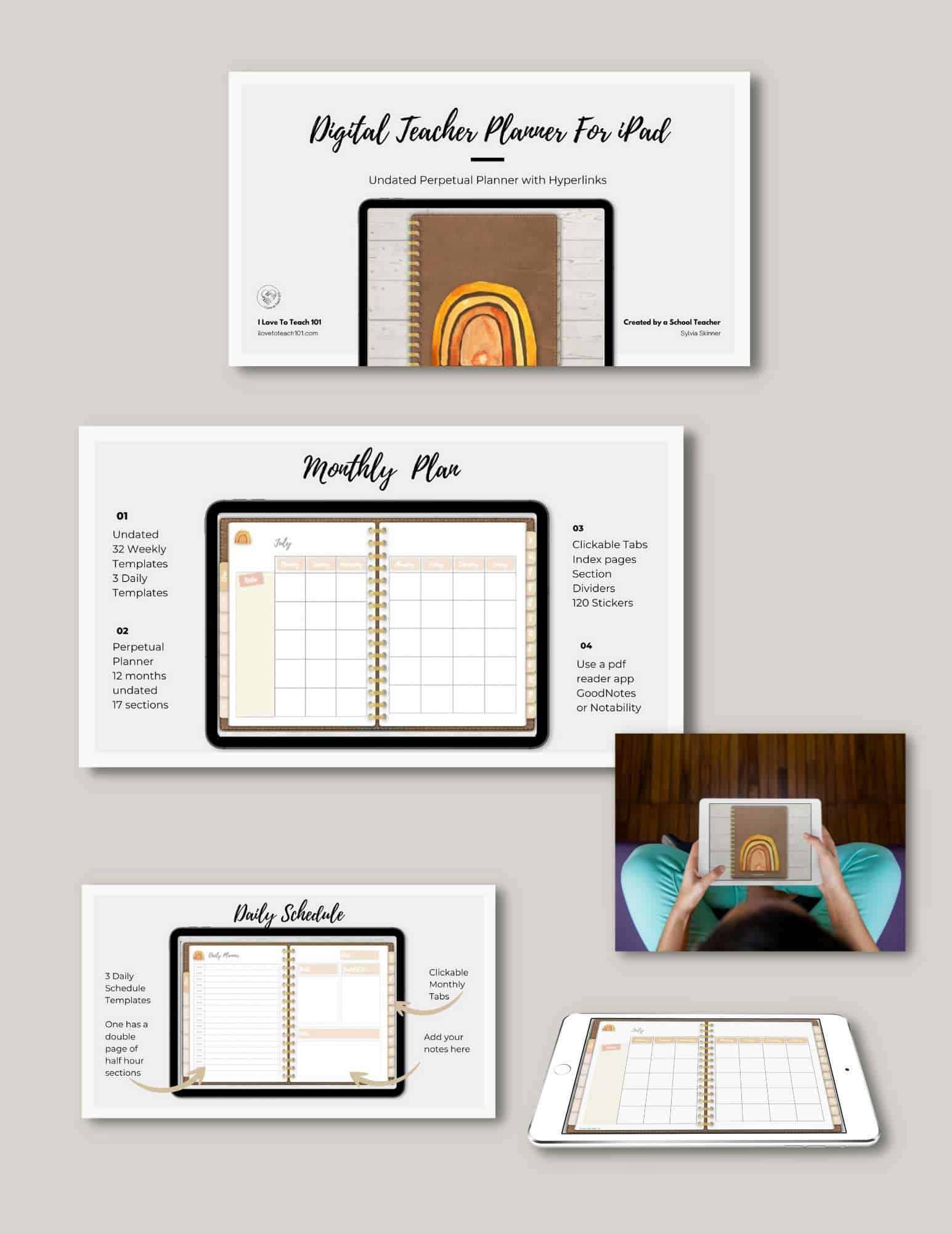
💟 My favourite teacher resource is the Digital Planner!
Tired of juggling paper planners? Try my Digital Teacher Planner. I designed it to help me keep everything in one place. Lesson plans, schedules, student records and more! It’s a game-changer for staying organised and works seamlessly across iPad, desktop and mobile devices.
You need to purchase the GoodNotes app for a small price, download the digital planner to your iPad, and you’ll have all your teacher docs in one place on every device.
A teacher style guide to classroom organisation

Classroom organisation is about more than creating a tidy space. It’s about designing an environment that fosters learning, reduces stress, and empowers you to thrive as an educator.
Renowned producer, author, and former educator Dr Melissa Caudle recommends A Teacher Style Guide to Classroom Organization by Sylvia Skinner in her weekly blog, Dr Mel’s Message. Known for her work in the film and television industry, Dr Mel draws on her background as a teacher, adjunct professor, and administrator to bridge the gap between education and creativity.
Note: The book title uses American spelling (‘Organization’) as it is published in the United States.
This guide offers practical strategies and actionable insights for teachers of all styles. You’ll discover how to maintain an organised space, boost efficiency, and create a classroom environment that truly supports your teaching practice.
By purchasing A Teacher Style Guide to Classroom Organization, you’ll not only gain tools to improve your teaching but also support a meaningful cause. A portion of the proceeds directly helps teachers in need in the Solomon Islands.



